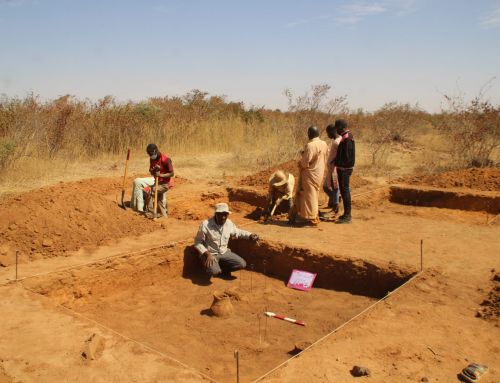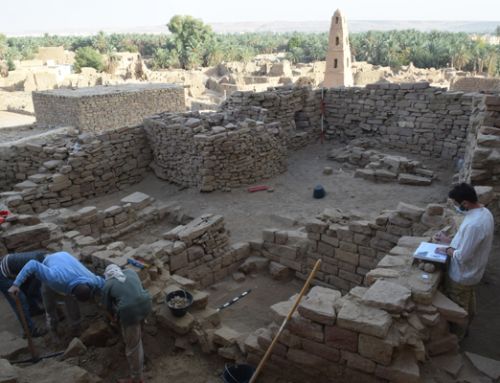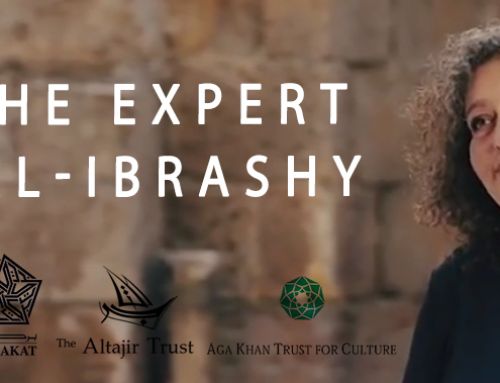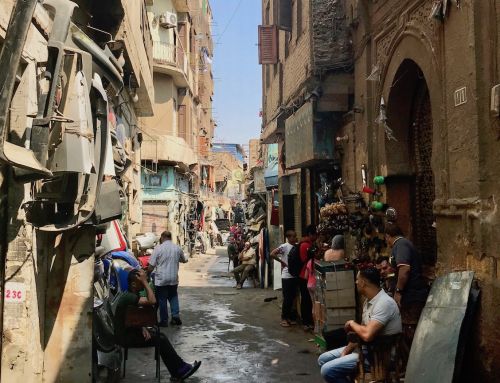Doctors Mohammed Kenawi and Elizabeth Macaulay-Lewis are extensively involved in The Tod Mosque Conservation Project. The Amari Mosque is in Tod, Upper Egypt. Near the Pharaonic temple. It is a prime example of a mosque in a rural centre with re-used classical columns and capitals from churches and other late antique monumental buildings. Vital conservation and repair work was needed for the Tod Mosque’s exterior walls. This was additionally overseen by the Mosque’s Imam.
The conservation work was twice fold important because the Amari mosque is very hard to find in such a condition in smaller towns. Most mosques like this have either been modernised or demolished. Therefore, this mosque was very rare and naturally it was of the upmost importance that it be well preserved.
The preservation work revealed a lot about the architectural history of the mosque. For example, the removal of the mud surface revealed the Fatimid base of the mosque. The base was not bonded to the current mosque walls implying these have been rebuilt using the pre-existing set of columns from the Fatimid mosque.
This was very much a local project, with a strong local desire for exterior electric lighting on the mosque. The local community viewed the mosque with a great deal of reverence it seemed. Seeing it as a living, breathing testament of their faith and wanting to modernise it to attract more followers.
Both Doctors Kenawi and Macaulay-Lewis feel the Tod mosque conservation project has advanced an example of a new and cost effective model for the conservation and preservation of other forms of traditional architecture. This has gained grounds in other parts of the Islamic world such as Jordan, but has not yet gained much momentum in Egypt. The project, which drew upon local materials, empowered the local community who used the mosque by providing them with resources to do the work.





